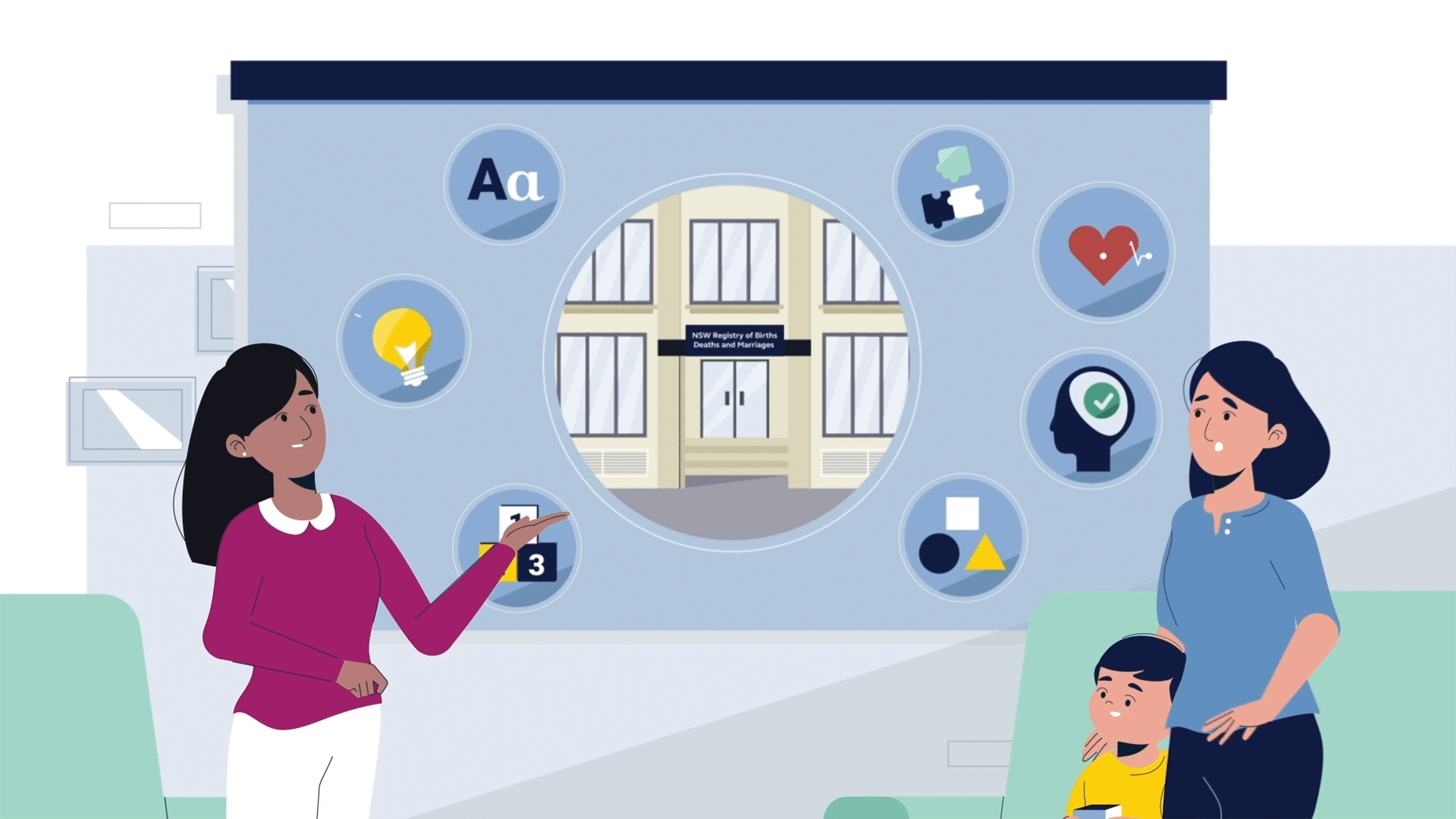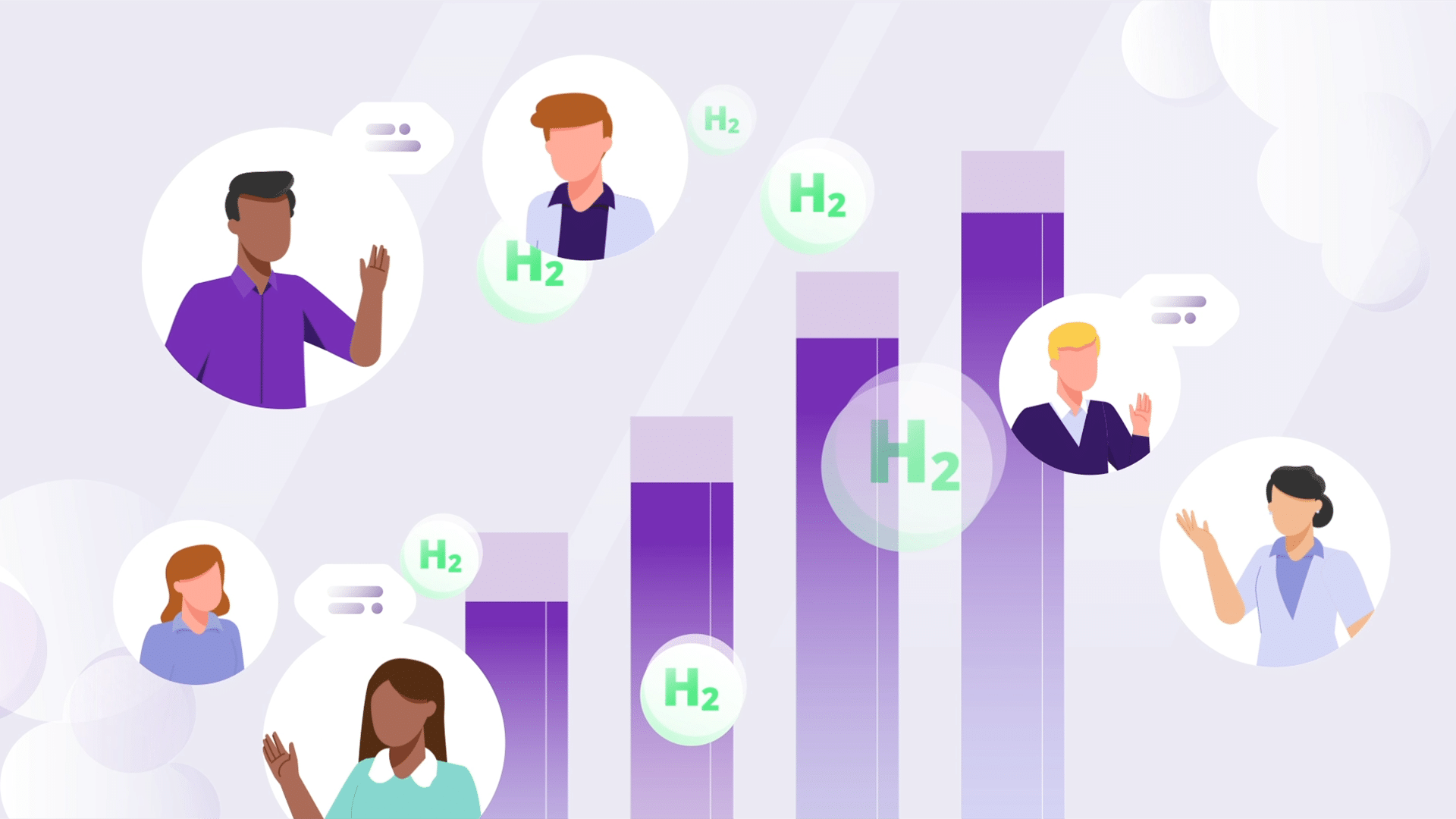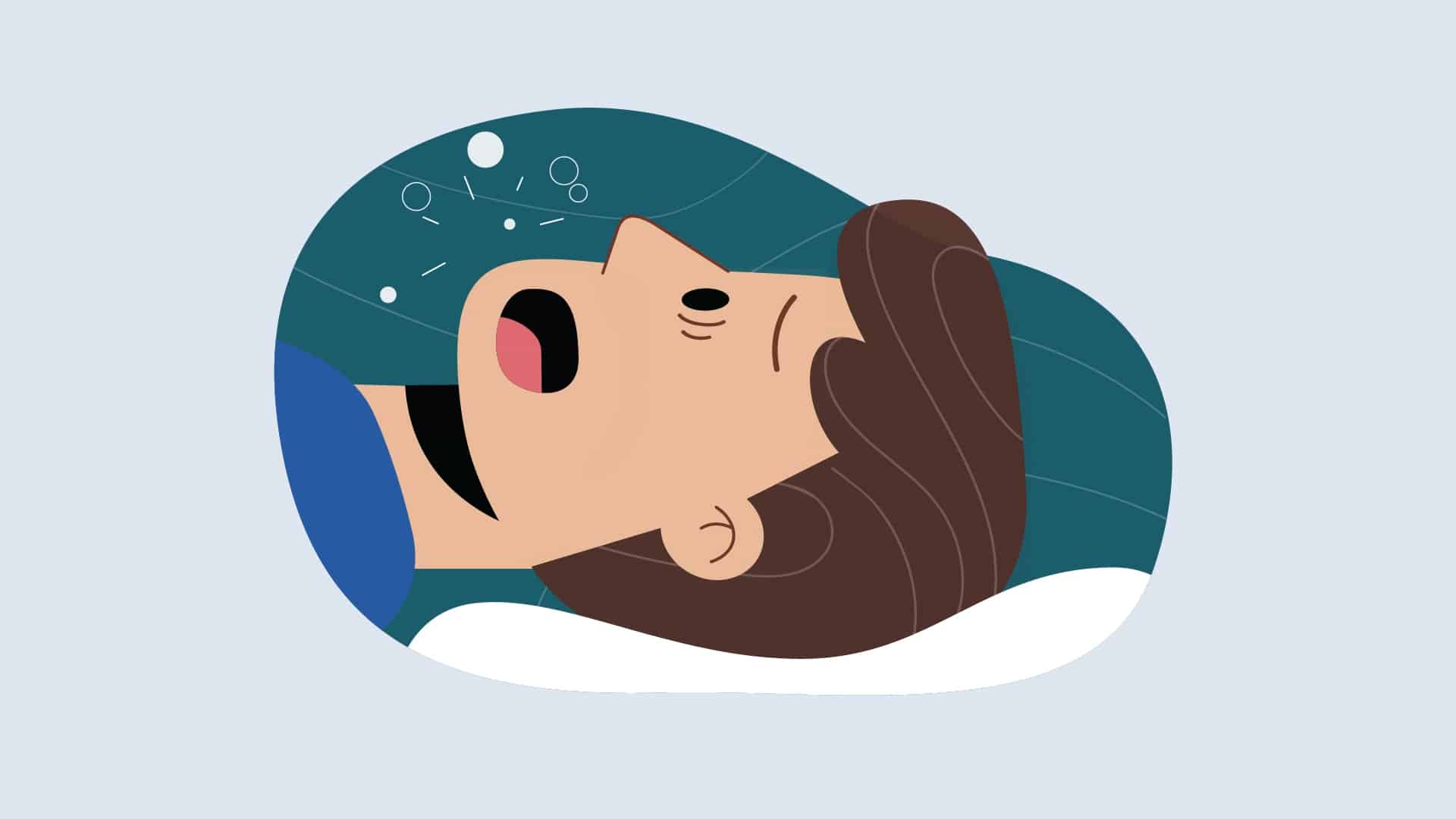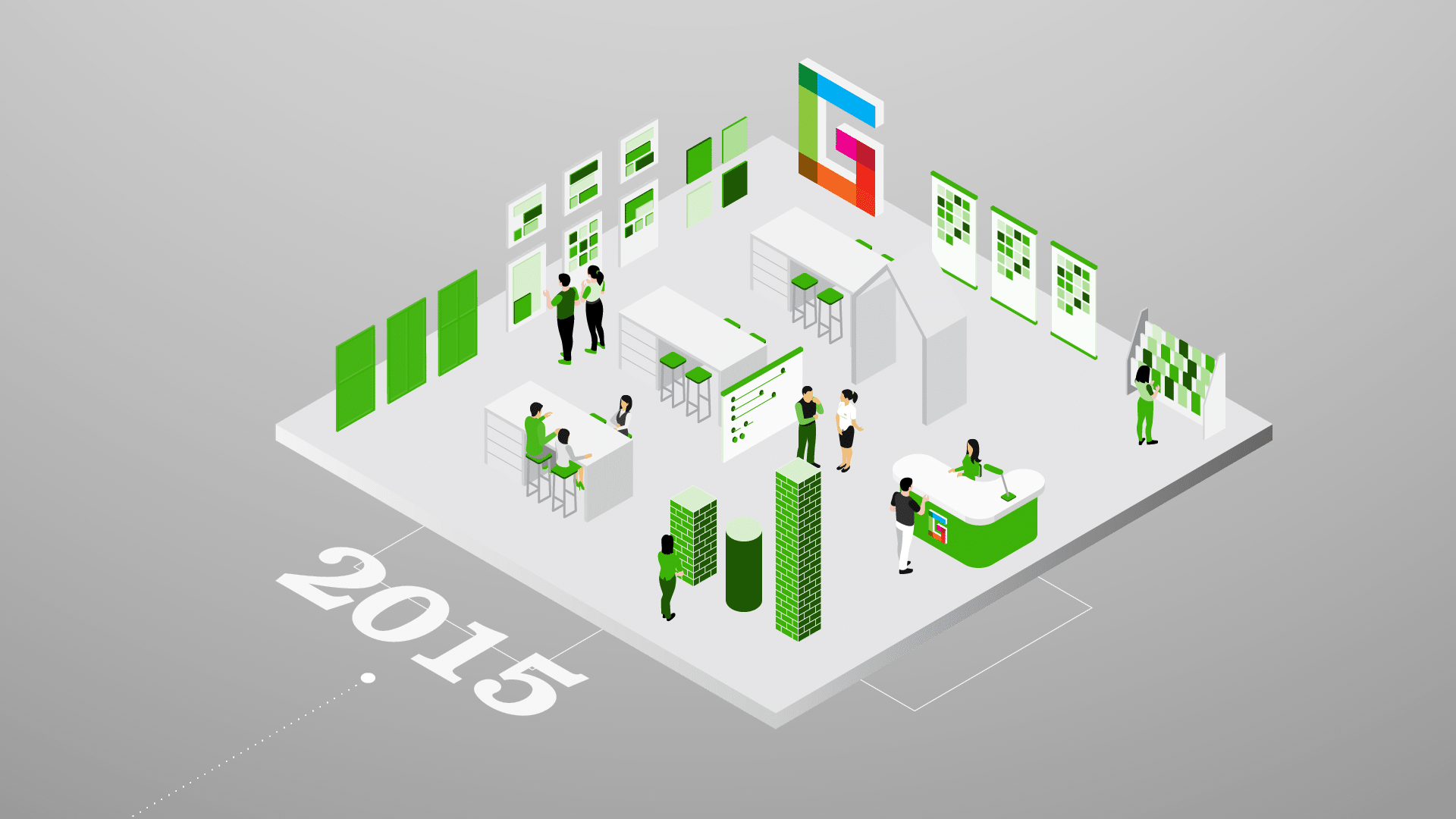Have you ever read a book only to reach the final chapter and feel utterly disappointed? Or left the cinema…
Read MoreDifferent Types of Animation Videos and How They Can Be Used for Your Business

Animated videos (also known as animated explainer videos) are a popular way to engage with customers and potential business prospects.
From big-budget advertisements to simple low-budget promotional videos, we know our stuff. Have you been considering making an animation video for your business?
Keep reading! Learn all about the different types of animation videos you could make. We’ll also explain how they could benefit your company.
How To Use A Great Animated Video To Promote Your Business
There are many different kinds of promotional and explainer videos. They use well-scripted animation to appeal to the viewer. The most common types right now are motion graphics based and animated videos.
Motion graphics based videos are less expensive than 2D animated videos to commission. But, they’re sometimes less engaging and unfortunately, you often get what you pay for.
A cheap motion graphics video looks like one. It can make a bad impression instead of a great one.
However, when you use animation that highlights your products, services or message with emotional resonance and relevance to your target market, a video can be extremely effective!

So Many Uses
Animation videos can be used on your website or landing page as a visual aid for potential customers. You can put them into an email marketing campaign to illustrate important points and bring ideas to life.
Why not include them as part of a webinar presentation? It could help your audience better understand and engage with the subject matter. They make great additions to online courses and training programs. Animations are great for helping students visualise difficult concepts or processes. They also make those subjects more memorable!
Your imagination is the only limit when it comes to how you might use an awesome animation video.
So, let’s take a look at some of the different types of animation.

2D Character Animation
If you’ve ever watched an animated cartoon, then chances are you’ve seen 2D animation. These types of animations are most often associated with children’s television shows. However, 2D animation is a surprisingly versatile form of media.
2D animation is the art of creating moving pictures. It’s also referred to as traditional animation, cel animation, and hand-drawn animation.
The earliest two-dimensional cartoon animations come from the late 19th century. They are by French printer Émile Reynaud. In 1877, he created a brief animated film. It was called “La Sortie des Ouvriers de l’Usine Lumière,” (The Lumiere Factory Workers Leaving the Factory).
He made it using paper flipbook animation. Modern viewers might think this looks like a movie because it’s a series of animated photographs.
The uses for 2D animation are diverse and it’s a popular form of art in advertising, movies and video games. Unlike 3D animation, 2D animation is an animation technique that involves directly drawing each frame on a piece of paper or within a piece of software such as Adobe Flash.

Is 2D Animation Right For Your Project?
There are some other types of industry software such as Cel Action which use individual assets such as eye shapes and mouth shapes to create animations too.
These most often resemble paper cut out animations but can be cleverly designed to resemble hand-drawn animation.
There are many key principles in 2D animation that help bring a character to life. These principles are typically applied in the six phases of traditional animation. The phases are storyboarding, sketching, inbetweening, colouring, and effects and compositing.
Should you choose 2D animation for a marketing video for your business?
Perhaps, but it can be more expensive than motion graphics. The upside is, if you can afford it, it’s a richly appealing, familiar and effective way to convey messages and tell stories. So, if you have the budget, go for it!

Motion Graphics Video
Motion graphics videos are a form of digital media that use graphics and animation to tell a story. They are a great way to convey information. They have become very popular in recent years, and it’s not hard to understand why.
Motion graphics videos are an excellent way to promote your business, advertise your products, and even educate people about things they might not realise. Motion graphics videos can advertise products, explain how things work, and give a company, product, or service more personality.
They’re great for telling a story, explaining a process, or giving your company charm. You can hire a motion graphics designer or create your own motion graphics video using After Effects or another motion graphics software application.
Motion graphics use simple motions (movements) of simple assets (design elements) in order to create animated videos. That makes them cheaper than 2D animation but similar.
While a 2D animator would make a walk-cycle for a character, a motion graphics artist might just push a character on screen implying they are walking instead of showing it. You can compare motion graphics to puppeteering because there are usually lots of static elements that move around the screen. Motion graphics can also incorporate simple effects such as sparkles or flames.
There are two very popular types of motion graphics videos. They are explainer videos and animated product videos. Animated explainer videos are a good way to get new information across to your audience.
For example, if you were selling sunglasses, you could create an animated product video that shows off the different styles of glasses that you sell.
These types of videos can show the different styles of sunglasses that you have in stock or showcase products that are out of stock and available for preorder.

Whiteboard Animation
A whiteboard animation is a type of explainer video that resembles someone drawing on a whiteboard.
These videos are usually intended to explain something that could otherwise seem complex. They are often used in various industries, including education and training, business, and politics.
It’s a video type that has become increasingly popular over the past few years because it’s easy to make and fun to use in marketing campaigns.
Many companies and individuals use whiteboard animation for marketing efforts because they are an engaging way to present information about a topic or product.
The best thing about them is that whiteboard animations are relatively cheap. The downside is that they can also look pretty cheap and they have somewhat become a cliche.
However, with a genuinely, intellectually challenging topic and a high-quality animation style, there’s still a place for the whiteboard animation aesthetic within the explainer video genre.

2.5D Animation
2.5D animation is a term used to describe the animation style of 2D productions that have 3D elements. The use of 2.5D animation began in the early 2000s and was first used by several popular Japanese anime series.
2.5D animation is a cross between 2D and 3D animation. It sometimes requires both hand-drawn animation and computer-generated imagery. 2D animation is mostly used for animated movies, TV shows, video games, and cartoons.
Unlike regular 3D animation where it’s animated in 3D space, 2.5D Animation is drawn on paper before being digitally coloured.
It’s very expensive because to create it, it either mixes two animation techniques or creates the illusion of mixing two techniques. That illusion takes a team a long time to craft.
So, it is often out of reach for small to medium enterprises! Especially businesses with budgetary constraints. But, it’s exactly the sort of animation that a larger company like Nike or Coke might commission for advertising purposes because it has a lot of impact.

3D Animation
3D animation is an art form that combines 3D models with complex computer graphics. The models are manipulated in real-time to create a realistic or fantastical effect. 3D animation is used in film and video game production. It’s also used in advertising, architectural visualisations and many other fields.
3D Animation is one of the most expensive forms of animation because it requires so many stages of development. First scripts are developed, assets and environments are modelled.
Then, lighting and rigging technicians create a digital theatre for the assets which are like puppets to act in, animatics (storyboards) are developed.
The production needs to be cast with voice actors or scored with music and that’s before production has even started or editing has been completed.
3D Animation is rarely used for advertisements because the cost is so prohibitive. It’s not likely to provide a good return on investment for most adverts. However, it is used for movies, videogames and other entertainment purposes.

Stop Motion Video Style
Traditional stop motion is a technique where models or objects are used for performances. The camera is stopped and started frame-by-frame to create the illusion of independent motion.
However, this technique has somewhat blended with 3D animation. Now stop motion style videos can be made that look and feel similar to traditional stop motion but are created using 100% digital methods.
Whether making traditional stop motion or 3D animated faux stop motion, both are very expensive. So, this style is more suitable for a larger business with a larger budget that wants to have a big creative impact.
Very large teams are necessary for stop motion animation if it’s got more than one or two elements. It’s a time-intensive style of animation.

Typography Explainer Video Type
Typography is the art of arranging type to make written language understandable, readable and appealing when displayed.
Typography also involves choosing typefaces, point sizes, line lengths, leading (line spacing), and tracking (character spacing). Typography is a fundamental element of design, used every day whether people realise it or not.
Good typography makes text easier to read—and therefore more accessible and useful—while bad typography does just the opposite.
When you’re creating an animated explainer or promotional video with a typographical aesthetic, there are different elements that you can use to make it even more dynamic.
One way to increase the influence of a typography style video is through the use of sound. You can choose sound effects and background music that add to the story and heighten emotion.
Another way to make this style of video more effective is through the visuals.
For example, you can also change your background images to create almost any mood, as the typographical elements move on and off-screen. Images can be static, or you can even use cheap stock footage.
By combining impactful typography with a strong script and stylish motion graphics, a very cheap but compelling animation video can be designed for any size of business and almost any budget.

Screencast with Animation or Motion Graphics
Screencasts are a way of demonstrating software, usually by creating a video that shows the user interface in use. The advantage of a screencast is it adds an element of visual demonstration to help the viewer learn faster and more easily than just text or still images.
When used for product promotion videos, a screencast looks and feels similar to a digital recording of an expert’s computer screen. That makes it a great way to show and teach something.
A screencast is not technically animated as standard, because it can simply be a recording of someone using a device with a voice-over. However, animation or motion graphics can be added to a screencast to make it even better for promotional purposes.
Animation videos that are, or resemble screencasts can be used to show how to use a certain piece of software or access a digital service that a client has purchased. They’re cheap and effective explainer videos for digital topics.

Live-Action with 2D Animation
Perhaps this one is obvious? Live-action is just footage that has been shot with a regular video camera and 2-D Animation is then laid on top. Depending on the style of animation or motion graphics this can be very cheap and cost-effective or very creative and expensive.
For businesses with the budget blending live-action storytelling with some animated elements can make a video look very professional and of high production value.

Rotoscope Animation
Rotoscope animation is a technique used to produce an animated sequence that has a free-flowing quality. It’s also known as tracing and it’s a process of using live-action footage to create an animated sequence.
Rotoscope animation is most often used in creating special effects and in other visual effects like when you see someone’s mouth moving but you hear the voice of someone else. However, for movies such as A Scanner Darkly (2006) the technique was used to make video footage look like strangely unsettling pen and ink animation.
This effect has been used in films since the early 1920s! The first use was in D.W. Griffith’s Orphans of the Storm, which featured a scene where Joan Crawford creates a storm by making it rain in her living room.
Rotoscoping is a technique that involves tracing over one or more frames from one or more videos to create new animation. The frames are traced over, frame by frame, to create new motion. In the old days, this was done with a different coloured crayon for each frame. Now, with software, you can achieve the same result much faster and with better results.
The cost of rotoscoping depends on the amount required and the sophistication of the desired effect. For most small to medium businesses, it’s not a very appealing technique but for larger companies that want to make television adverts, it can be an effective way to make it seem like a live-action actor is stepping into a cartoon or comic book world.

Mechanical 3D Animation
A mechanical 3D animation is made using a technique that leverages digital 3D software and expertise but results in a photorealistic 3D animation. These are most often used for technically complex products such as engines and industrial parts which are hard to visualise in other mediums.
A product’s configuration, assembly and working parts can be explored and analysed in detail using a mechanical 3D animation. The goal is to create a mechanical animated item that looks as accurate and realistic as possible.
This style of 3D animation and modelling is becoming increasingly important with the advent of VR (Virtual Reality) experiences and Augmented Reality (AR) that can assist in the product development, product sale and product promotion of complex mechanical items.

Cut-Out Animation
Perhaps the most famous cut-out animation in the world is the TV series South Park. Cut-out animation is a form of stop-motion animation which uses flat characters and set elements cut from materials such as paper.
In fact, the original series of South Park was really shot with paper, but they have since switched to digital production using software called Autodesk Maya.
This is a less intensive and expensive style of animation than hand-drawn 2D animation and fits snugly in between 2D animation and motion graphics as it usually feels like a combination of the two.
Characters may slide or waddle into the frame instead of walking and facial expressions are simple and typically come from a range of fixed, pre-developed assets.

HUD Animation
For people not familiar with HUD it stands for Heads Up Display. If you’ve ever seen the movie RoboCop (1987), The Terminator (1984) or Predator (1987) you may remember that seeing things from the character’s perspective came with some data on the screen that told you additional information.
Characters in video games also often have data within their field of view, this is what HUD refers to. HUD animations play a significant part in making a video or video game look more sophisticated and futuristic.
Most HUD animations are used for movies, cartoons and games rather than advertising purposes but some adverts have used the technique to create comedy gags or impressions of futuristic innovation.

Plexus Animation
The word plexus means a complex structure with lots of elements that connect systemically to form a network.
So, a plexus animation is an animation that shows how different parts or components come together and combine, creating a single cohesive object or a single scene.
That makes a plexus animation a great solution for showing a product that breaks down and also all fits together, such as a cool camera kit.
A camera kit that is composed of multiple components and lenses can be displayed apart, or in various configurations as a single unit.
With the right sound design, a promotional video could highlight how the camera comes apart beautifully, stores elegantly in a carry case and how the lenses can be swapped out for different types of shoots.
The combination of a plexus animation and a mechanical 3D animation provides a compelling and desirable way to showcase any product which is complicated and beautiful with multiple form factors or functionality.

We’re Animation Specialists, Can We Help?
As you can see, there are so many ways that you can use animation videos to engage with your target audience and increase brand awareness.
But remember, they are only as good as the story they tell. So, ensure you have the perfect script to convey your intended message before you develop it into an animated video.
The more engaging your story, the bigger the potential impact of the final project. Good luck!

Contact Us Now
Not sure where to start? Maybe we can help.
Here at Punchy Digital Media, we’re experts on making powerful corporate videos. Our excellent animation studio has helped some of Australia’s leading brands, including Intel, KPMG and the Australian Government tell their story. We know everything there is to know about how to make animated videos.
Explore our services now or contact us.


